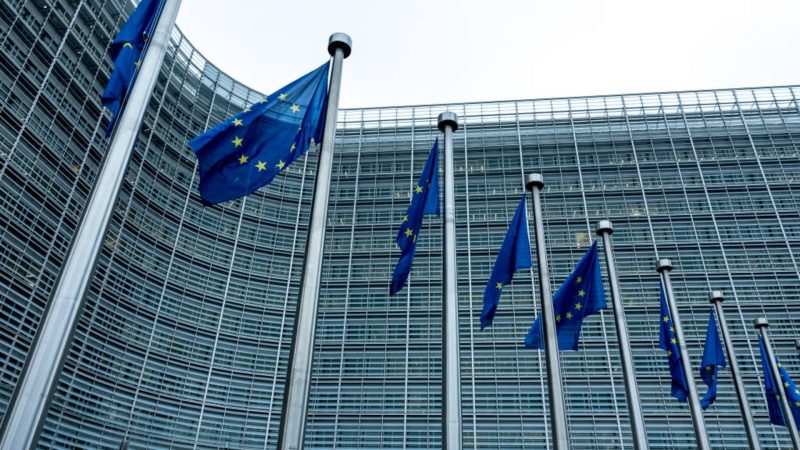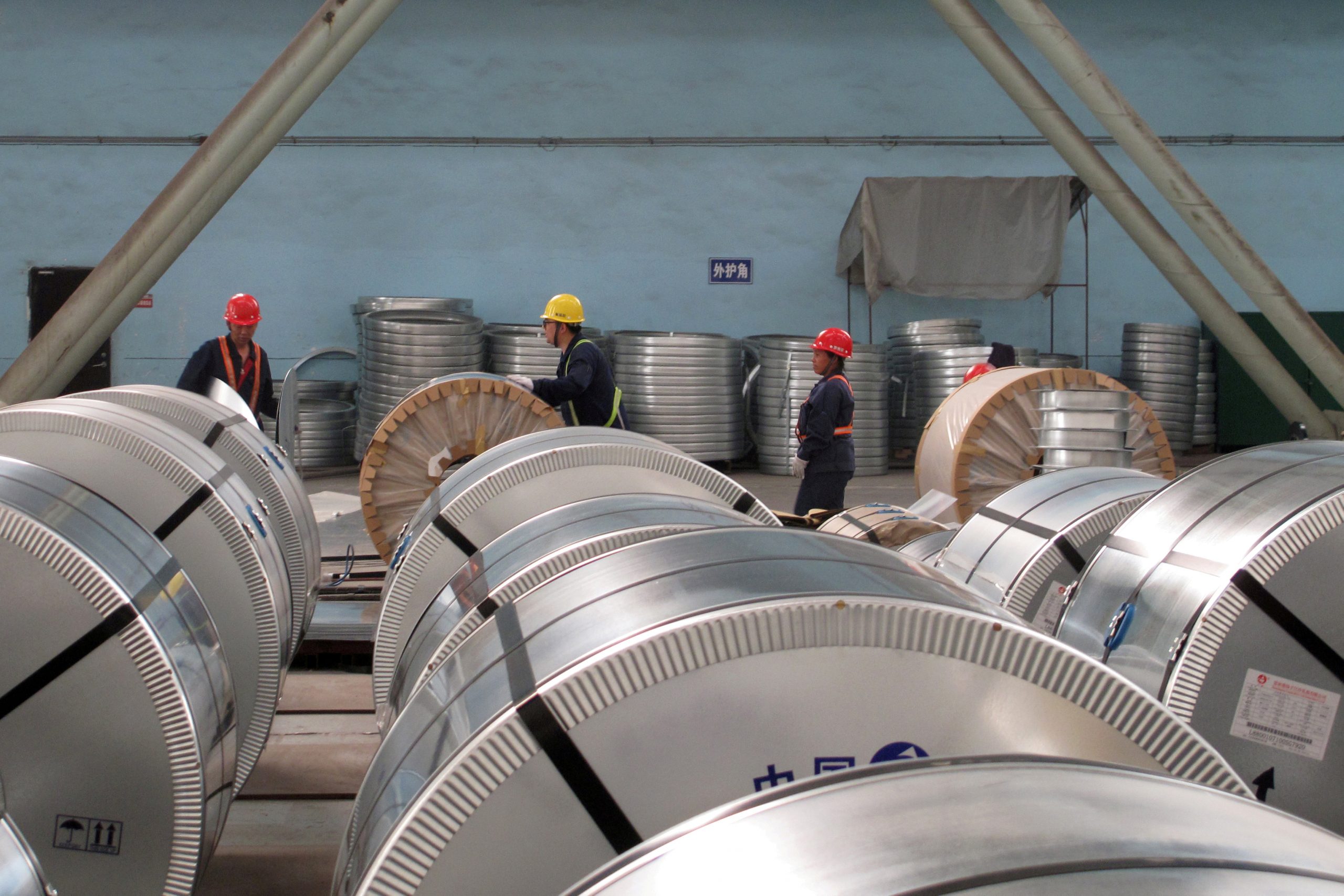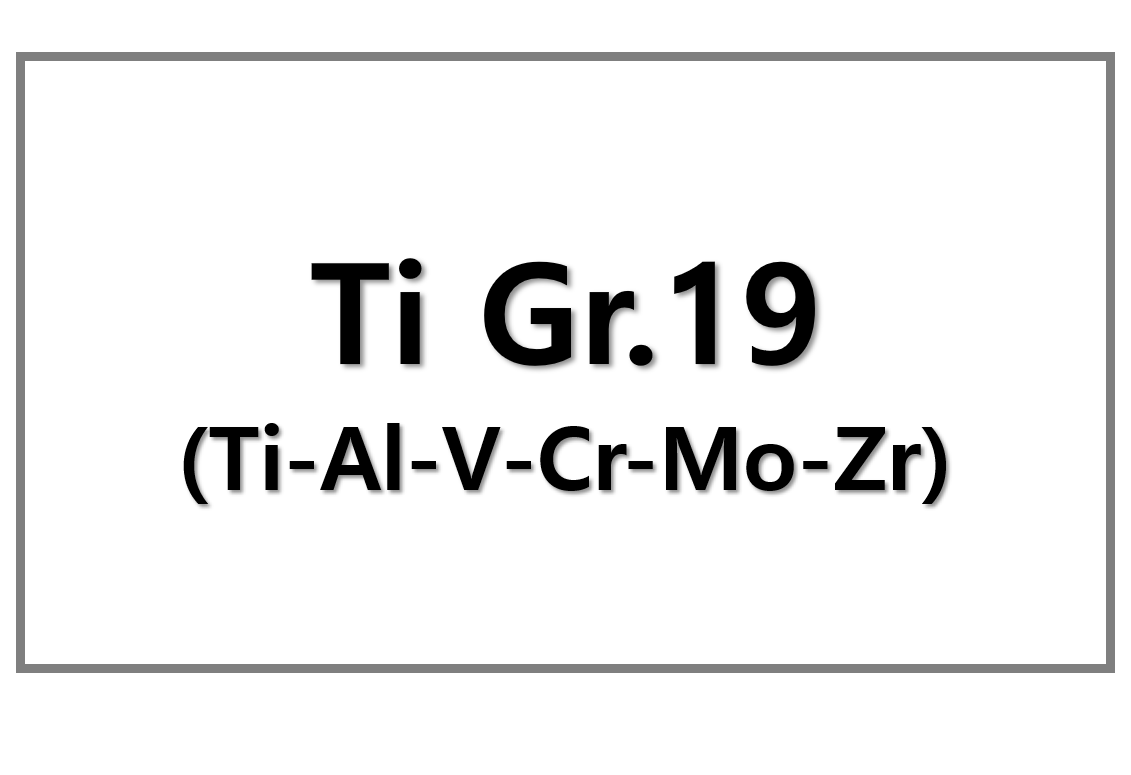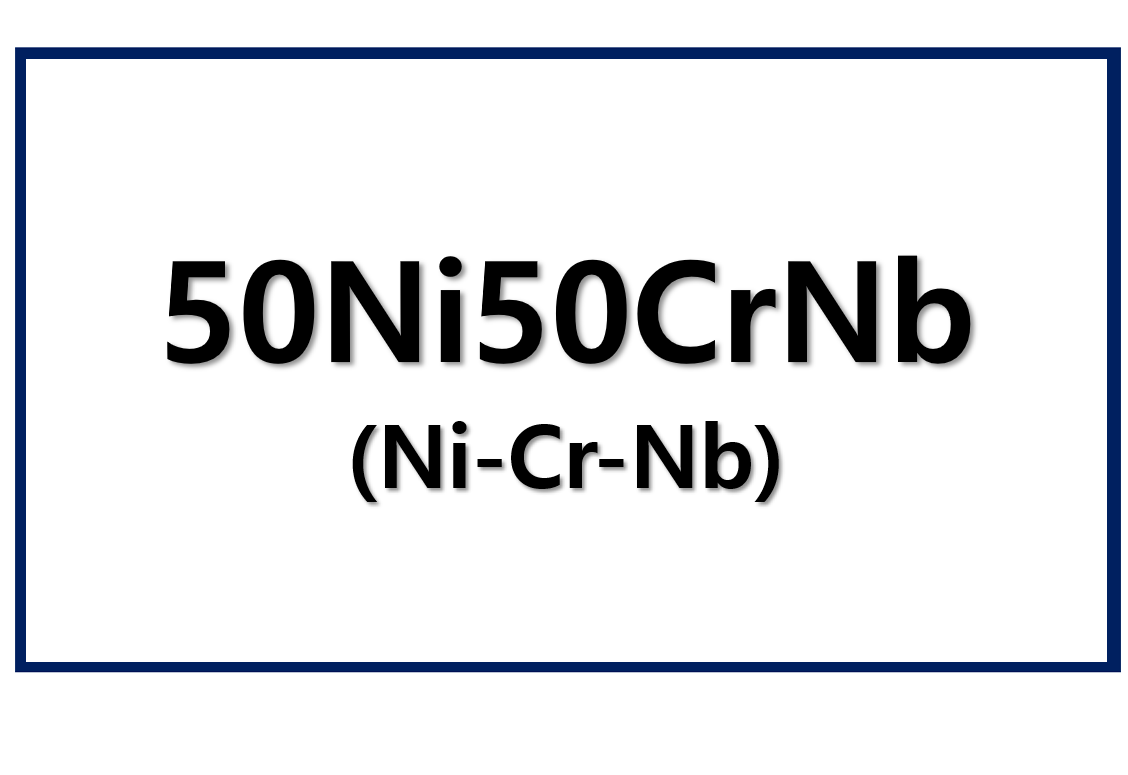
The European Union has approved countermeasures against U.S. tariffs on steel and aluminum imports, escalating trade tensions between the two economies.
EU Responds to U.S. Tariffs with Retaliatory Duties
On April 9, 2025, a majority of EU member states endorsed the European Commission’s proposal to impose retaliatory tariffs on select American goods. This decision comes in response to U.S. import duties on steel and aluminum, which the EU considers unjustified and harmful.
The EU’s new duties will apply to U.S. imports valued at around €21 billion ($23.2 billion). Most affected goods will face a 25% tariff, while some will be taxed at 10%. According to Euractiv, the first wave of tariffs begins April 15, and the majority will follow by May 16. A few additional products, including soybeans and nuts, will see new duties from December 1.
While bourbon was initially included in the tariff list, it was later excluded after concerns about U.S. retaliation, particularly a potential 200% tariff on EU alcohol products.
Negotiation Still Possible as Global Trade Tensions Rise
Despite the strong stance, the European Commission emphasized its willingness to engage in negotiations with the United States. If both sides agree to a fair and balanced outcome, the EU could suspend the new tariffs at any time. Brussels stated that it prefers a diplomatic solution that would benefit both regions and support the global economy.
This move comes just as China ramps up its own response to U.S. tariffs. On April 9, China increased tariffs on U.S. goods to 84% and announced a complaint to the World Trade Organization (WTO) over additional tariff hikes, which reportedly reached up to 104%.
The escalating dispute reflects growing volatility in international trade, particularly affecting metals markets. U.S. tariffs have created uncertainty around steel and aluminum pricing globally—issues closely monitored by industry observers and price reporting agencies like SuperMetalPrice.
For metal suppliers, manufacturers, and traders, continued monitoring of these developments is critical. Supply chain strategies and cost forecasts may need adjustment based on evolving tariff regimes between major global economies.











Leave a Reply
You must be logged in to post a comment.